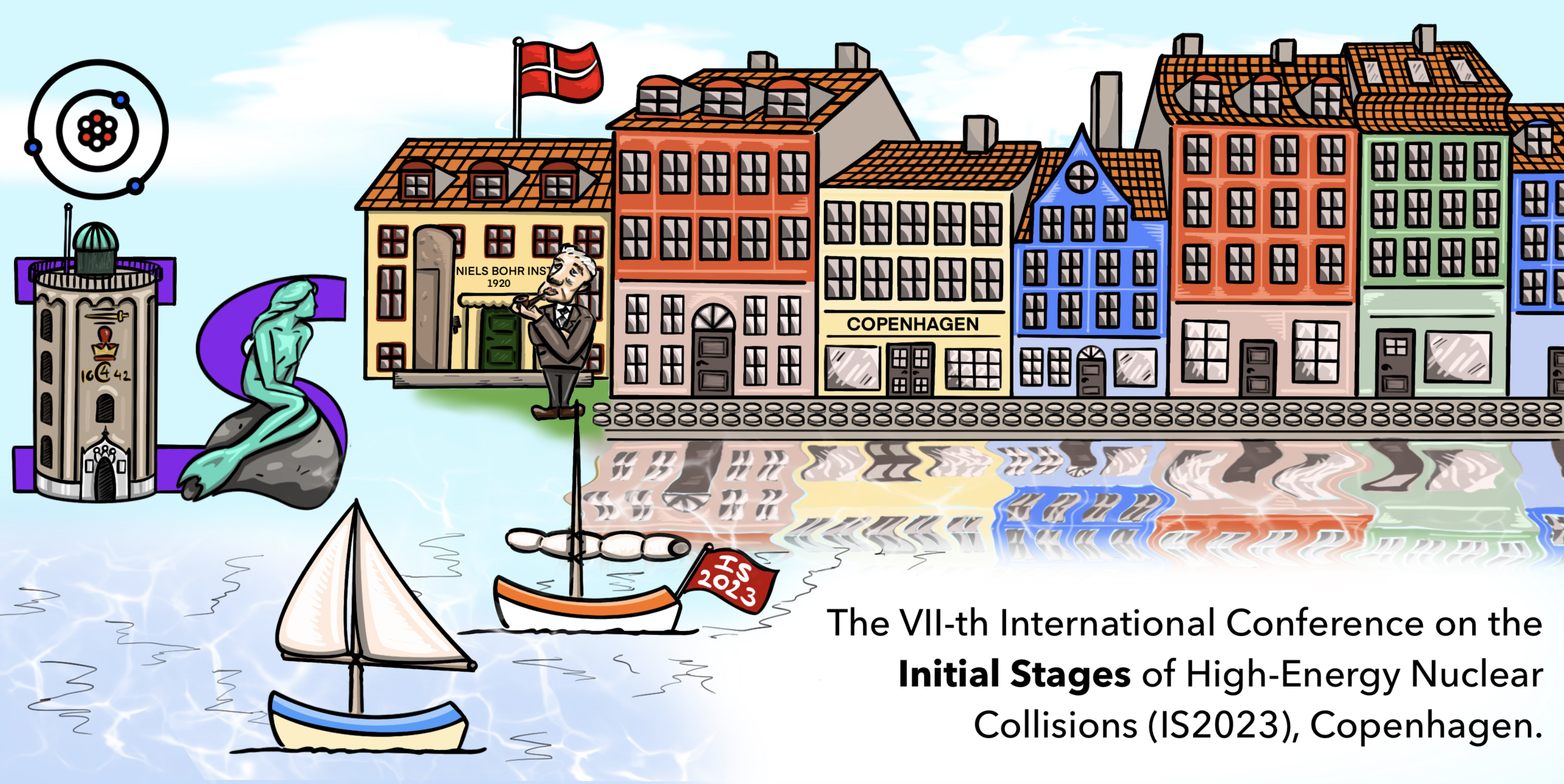Speaker
Description
Real-time lattice simulations of classical Yang-Mills (CYM) fields are widely used to describe the non-equilibrium evolution of highly occupied and weakly coupled matter of gluons, called glasma, in the early stages of relativistic heavy ion collisions. When we apply it to the study of the glasma, we often assume it to be rapidity-independent, i.e., boost-invariant. This assumption implies a relativistic limit and is particularly useful for studying experimental results at mid-rapidity. However, the glasma rapidity dependence beyond boost invariance has recently attracted much attention [1-3].
In this talk, we propose a new numerical method for 3+1D CYM simulations based on the MV model: the initial conditions for the CYM field and two 3D classical color sources are given on a lattice when the two nuclei are still apart. Their evolution is then obtained by solving the discretized classical equations of motion. The above strategy is essentially the same as the one in [3] but is performed in Milne coordinates, whereas the previous 3+1D CYM simulation uses Minkowski coordinates. Since Milne coordinates automatically account for the longitudinal expansion of the geometry, lattice simulations in Milne coordinates are expected to save the longitudinal volume of the lattice used in the simulation.
We show the results (energy density, pressure, and angular momentum) from the application of our method to the central and non-central collisions and compare them to the previous paper's results and experimental data.
[1] B. Schenke and S. Schlichting, Phys. Rev. C 94, 044907 (2016).
[2] A. Ipp and David I. Müller, Eur. Phys. J. A 56, 9, 243 (2020).
[3] S. Schlichting and P. Singh, Phys. Rev. D 103, 1, 014003 (2021).
| What kind of work does this abstract pertain to? | Theoretical |
|---|---|
| Which experiment is this abstract related to? | STAR |
